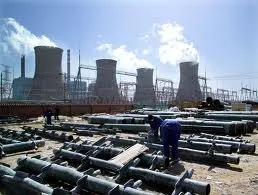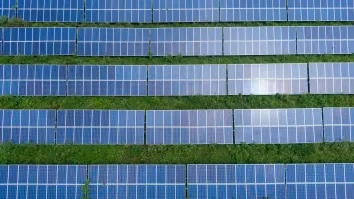
China’s thermal power producers suffer 4Q losses
Soaring coal prices and less supply caused sixty percent of China’s thermal companies to suffer losses in the fourth quarter.
Data from the State Electricity Regulatory Commission showed that the five major power generators, China Huaneng Group, China Datang Corporation, China Huadian Corporation, China Guodian Corporation and China Power Investment Corporation lost between US$75.4 million and US$452.5 million in the first three quarters of 2010, according to China Times.
The debt/asset ratios of the big five are all over 80 percent. Their total financial costs increased 13.51 percent year-on-year to US$7.8 billion in the first three quarters.
The big five have turned to non-power businesses in order to make up for their losses on thermal power generation, including coal, electrolytic aluminum and financial businesses.



















 Advertise
Advertise






